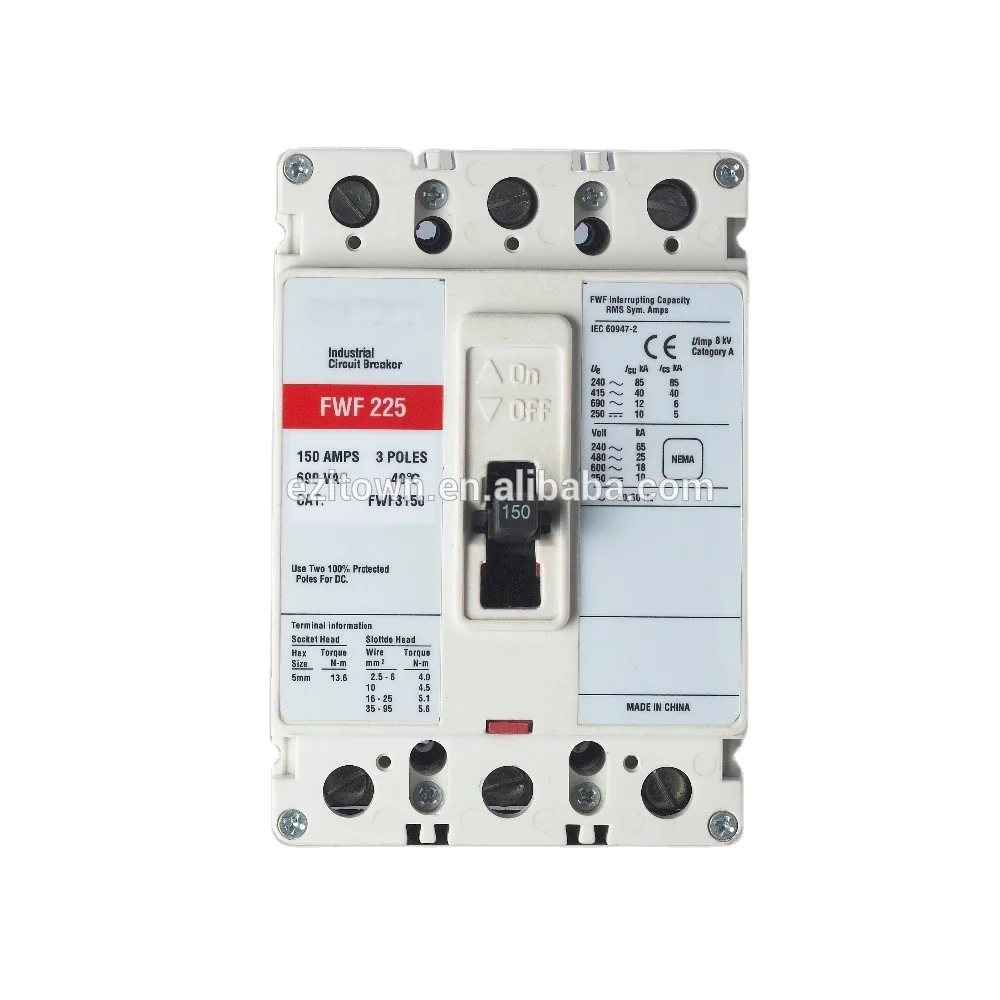


Prior to the introduction of electronic CBs, separate ground fault protection devices were used to provide this additional level of protection. While the current flow may be small, it must be detected and eliminated before major motor damage takes place. An example of this is a motor having an internal insulation failure. When this happens, it usually is too late, and the damage is already done. But, if left undetected, they can increase sufficiently to trip the standard protective device. Usually, arcing ground-fault currents are not large enough to be detected by the standard MCCB protective device. 2, shows that it will not initiate a trip until the fault current reaches or exceeds Point 1.Ī ground fault actually is a type of short circuit, only it's phase-to-ground, which probably is the most common type of fault on low-voltage systems (600V or less). To stop this current flow quickly so that major damage can be prevented, the short circuit or instantaneous element of an MCCB is used.Ī typical time current curve for an instantaneous element, as shown in Fig. This high current flow, termed short-circuit current, is limited only by the capabilities of the distribution system. Usually, a short circuit occurs when abnormally high currents flow as a result of the failure of an insulation system. Here, we see that the thermal or overload element of the MCCB will initiate a trip in 1,800 sec at 135% of rating (shown here as Point 1), or in 10 sec at 500% of rating (shown here as Point 2). 1, you can see the boundary between the normal and overload conditions. By using a time-current curve, as shown in Fig. If you monitor current flow and time, you can somewhat predict and detect overload conditions. This heat is a function of the square of the rms current (I squared), the resistance in the conductor (R), and the amount of time the current flows (t). If left unchecked, the insulation's life will drastically reduce, ultimately resulting in a short circuit. In an overload condition, there's a temperature buildup between the insulation and conductor. Both these devices act mechanically on the trip mechanism.ĭepending upon the application and required protection, an MCCB will use one or a combination of different trip elements that protect against the following conditions: An MCCB provides protection by combining a temperature sensitive device with a current sensitive electromagnetic device. On the other hand it is important that high currents (of low probability) be interrupted under good conditions, so that the CB is immediately available for reclosure, after the faulty circuit has been repaired.The traditional molded-case circuit breaker uses electromechanical (thermal magnetic) trip units that may be fixed or interchangeable. The higher the lcs, the more reliable the circuit breaker. However, it is expressed as a percentage of Icu, viz: 25, 50, 75, 100% for industrial circuit-breakers. Ics is expressed as a percentage ratio of Icu and tells you the maximum short-circuit current if a circuit breaker can break three times and still resume normal service. Normally the value of Icu for Miniature Circuit Breaker (MCB) is between 6kA to10kA and the Value of Moulded Case Circuit Breaker (MCCB) may be 200kA. However, in this sense, Icu is essentially as statement of quality for a specific voltage rating. That maximum could be 6kA,10kA, 18kA or 25kA amps or when it comes to MCCBs, as high as 200kA. However, Icu is the maximum short-circuit current that a circuit breaker can handle without damage. IEC 60947-2 recommends two requirements which ensure that reliability are: The probability of such a fault current occurring is extremely low, and in normal circumstances the fault-currents are considerably less than the rated breaking capacity (Icu) of the CB. The Icu or Icn, is also known as rated breaking capacity (Icu) or (Icn), is the maximum fault-current a circuit-breaker can interrupt successfully without being damaged. Breaking capacity Icu, Ics of Circuit Breaker What is Icu?


 0 kommentar(er)
0 kommentar(er)
